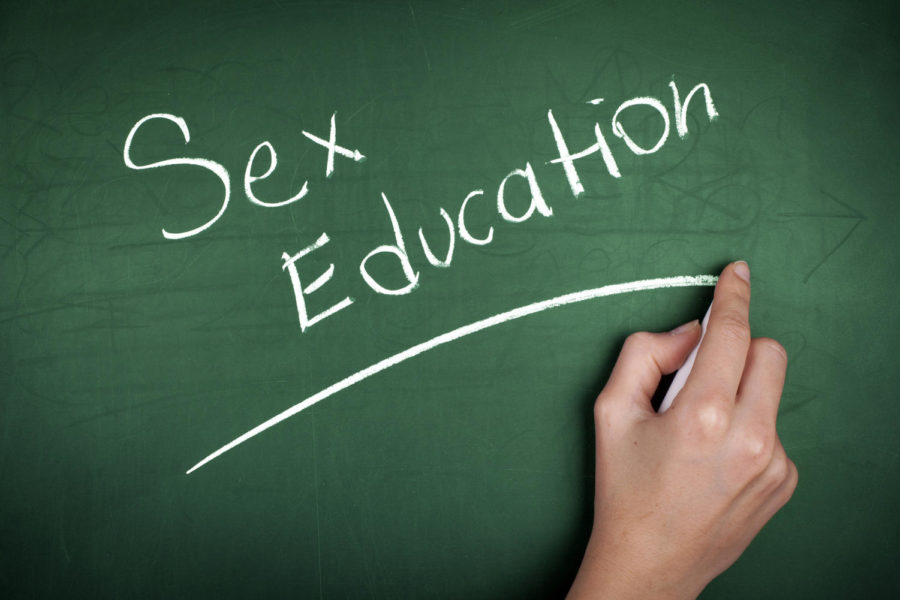Sex education courses to encourage positive sexual behavior
Iowa State’s sexual education courses provide students with in-depth knowledge to incorporate positive sexual behavior in their daily lives.
February 15, 2020
Sexual education courses are taught in middle school, high school and even some elementary classes. Iowa State takes those courses to another level by having subject-focused classes for students to take part in.
Students at Iowa State come from various backgrounds, whether that’s education, religion or cultural beliefs. A wide range of students can make subjects such as sexual education and human development difficult to pace.
“I typically find that most high school sex education programs have not went beyond the basics,” said Amy Popillion, teaching professor in human development and family studies. “Even students who come into the class thinking they had a solid sex education typically find there are new areas of sexuality they can continue to learn about.”
Popillion said she wants to ensure her students leave the classroom with more knowledge than when they came in, regardless of the subject being taught.
“Knowledge is power,” Popillion said. “Offering open, honest and accurate information arms people to make the best decisions for their own health and well being. There is plenty of evidence showing that ‘abstinence only’ education is not effective. We need to go beyond that traditional scare tactic approach and be real.”
Popillion focuses her class on the confluence of biological, social, psychological, environmental, developmental, cultural and other related factors. By looking at a variety of perspectives, she is able to appropriately tackle the subjects covered for all students.
“Traditional sex education has been taught from a very heteronormative, cis-normative perspective and our class turns that on its head,” Popillion said. “We approach sex education from the lens of a sex positive framework with the goal to be inclusive and accessible across all gender and sexual identities.”
Subjects covered in various sexual education courses can be difficult to discuss openly for students, but Popillion wants them to get the best education on certain subjects, even if they are a little difficult for some to talk about.
“‘How do I keep the subject light?’ I don’t,” Popillion said. “If there are topics that should be treated with full seriousness, that is how we approach them. For example, sexual violence is a sensitive topic and sugar coating it to keep it light doesn’t serve anyone. Of course, there are times for humor in class and I definitely try to interject fun into the class.”
A large part of Popillion’s students are between ages 18 and 22. Tiptoeing around sexuality topics to protect the innocence of our youth is a common practice, according to Popillion. Treating her students with respect and as capable adults is a stepping stone to teaching today’s youth.
“Providing people with crucial knowledge about their bodies, consent, relationships and identity is setting them up for success and happiness with their sexuality,” Popillion said.
Popillion described her biggest challenge as a sexual education professor to be the push she has to give students to help them move past their discomfort with the subject and fear of judgement from others.
To keep a large lecture of students entertained, Popillion said she tries to bring a variety of outside perspectives into the classroom through videos and guest speakers. She also uses Top Hat, an education software to create various polls for students on different topics.
Popillion said her favorite part of her job is knowing she is providing practical knowledge that can guide students in their lives.
Additional information regarding sexual education outside of the classroom can be found on Scarlateen, Advocates for Youth and Bustle’s 7 Problems with the State of Education in America Today, and How We Can Make it Better.







